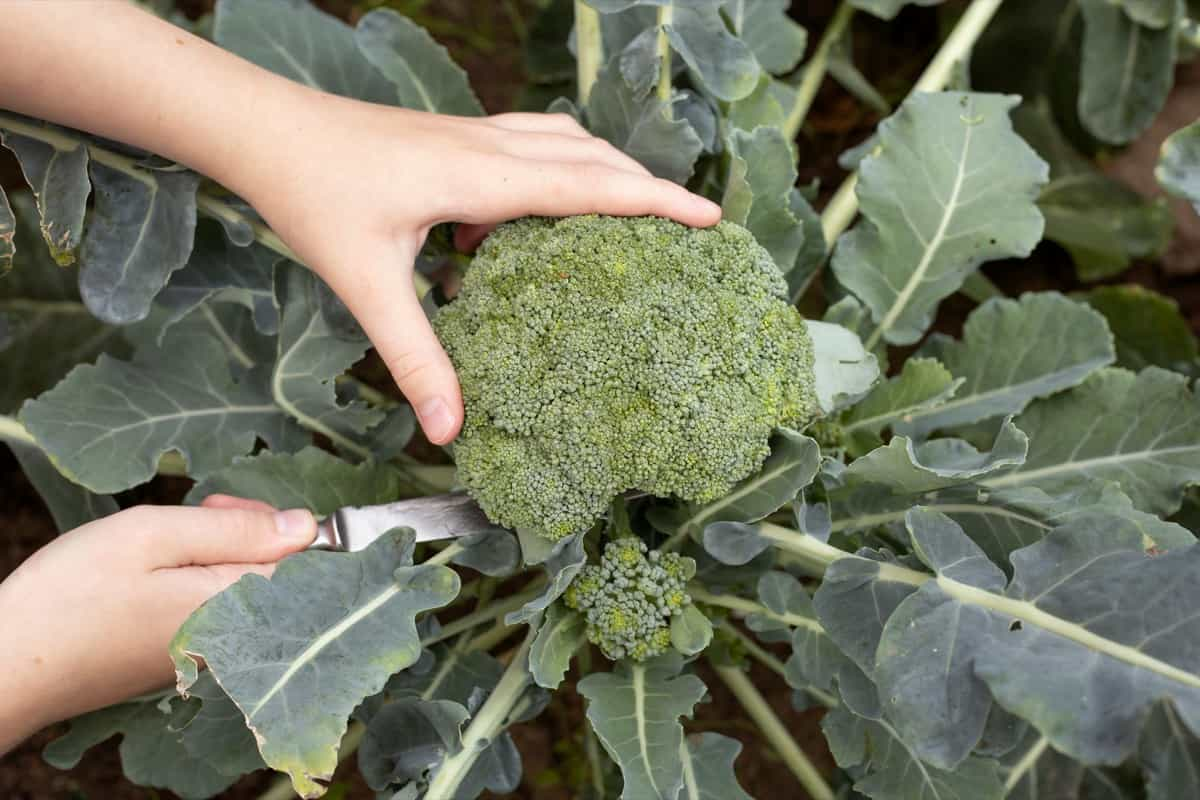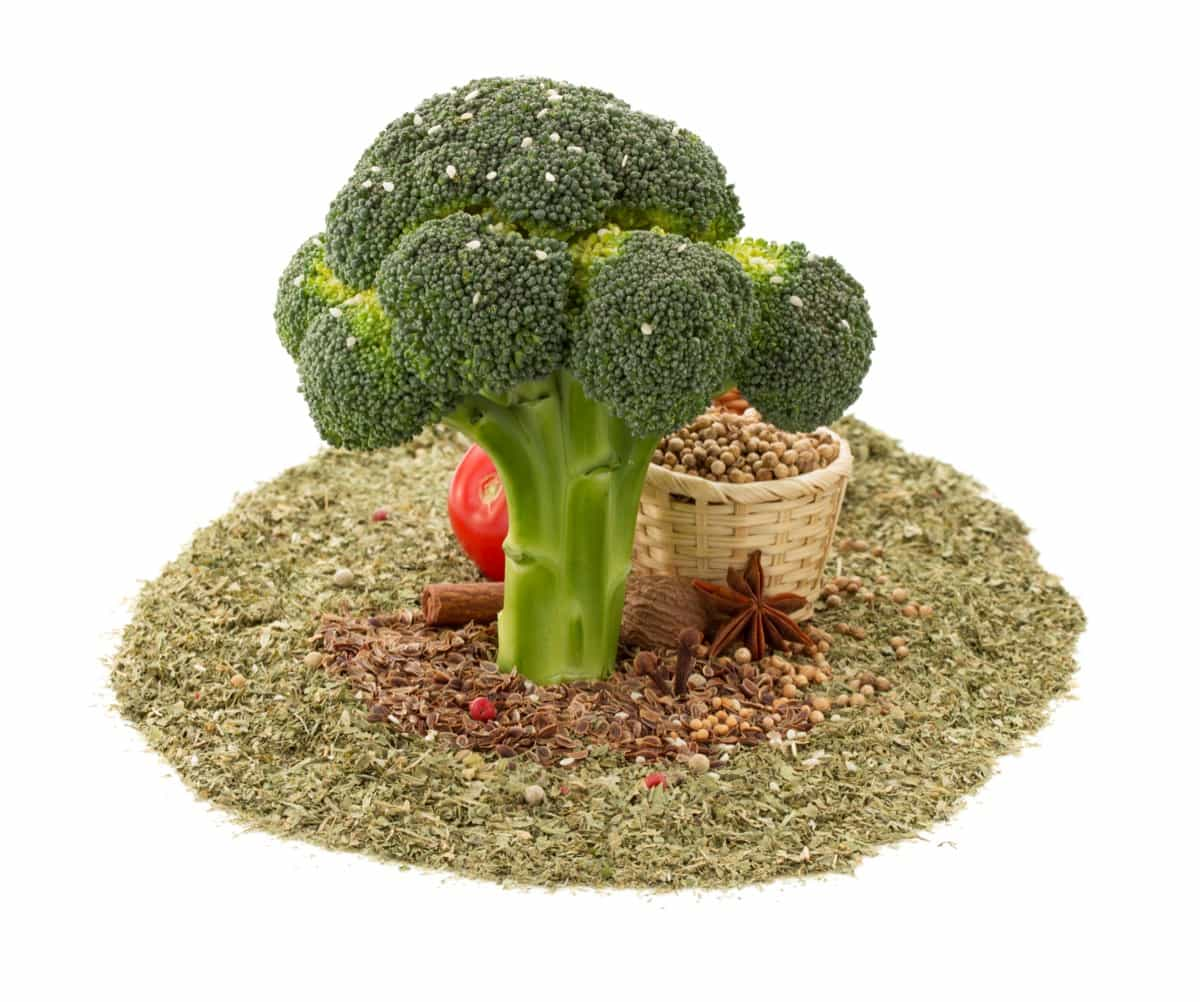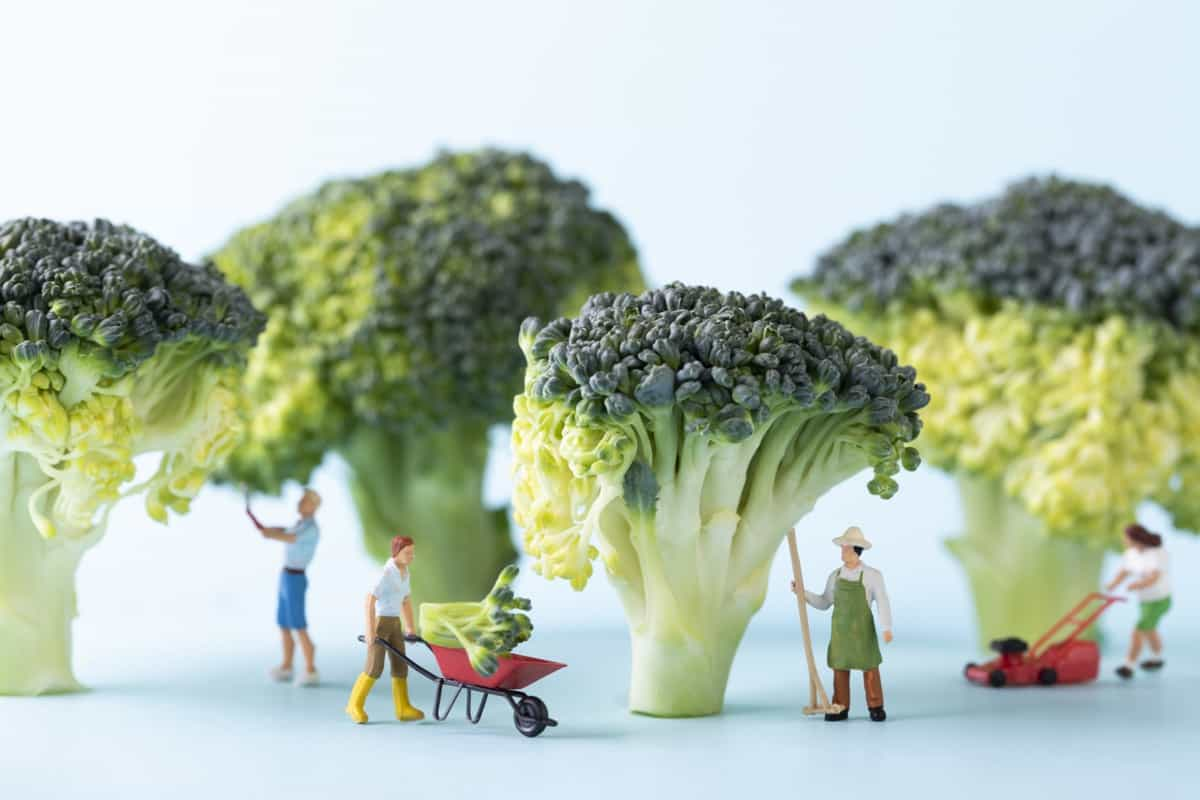Broccoli (Brassica oleracea var. italica) is a versatile vegetable in the cabbage family. It is scientifically called Brassica oleracea var. italica. Its distinctive green hue is a telltale sign of its rich nutrient content and health benefits. Broccoli seeds are small but mighty powerhouses packed with nutrients ready to sprout into vibrant plants.

Understanding Broccoli Seeds
Broccoli seeds may seem small, but they hold immense potential. These tiny powerhouses are the starting point for growing your nutritious Broccoli plants at home. Understanding Broccoli seeds is key to successful germination and cultivation. Each seed contains all the genetic information needed to produce a healthy plant.
When selecting Broccoli seeds, look for uniform size, dark color, and firm texture. This indicates high quality and viability for germination. Before sowing your Broccoli seeds, consider pre-germination treatments like soaking or scarification to enhance germination rates.
Quality Criteria for Selecting Broccoli Seeds
Look for plump and firm seeds, avoiding any that appear shriveled or discolored. Opt for reputable seed suppliers known for their high-quality products. Check the packaging date to ensure you’re getting fresh seeds, as older seeds may have lower germination rates. Additionally, consider choosing organic or heirloom varieties if you prefer a more natural option. Another important aspect is to look for seeds specifically suited to your growing region and climate conditions. This will increase the successful germination and healthy plant growth.
Seed Storage and Shelf-Life Considerations
When it comes to Broccoli seeds, proper storage is key to maintaining their viability. To ensure a longer shelf life, store your seeds in a dry place away from direct sunlight and moisture. Airtight containers like glass jars or resealable bags work well for keeping seeds fresh. It’s important to label your seed packets with the date of purchase and variety to keep track of their age.
Checking on your stored seeds periodically can help you assess their viability before planting season rolls around again. Avoid storing seeds near heat sources or fluctuating temperatures, as this can reduce their longevity. Keeping them in a consistently cool environment will help maintain their quality over time.
Germination Requirements for Broccoli Seeds
Broccoli seeds require consistent moisture to sprout successfully. Make sure that the soil is kept consistently moist but not waterlogged. Adequate warmth is also crucial for Broccoli seed germination. Optimal temperature ranges between 15-24°C can help speed up the germination process. Broccoli seeds need oxygen to germinate, so ensure proper aeration of the soil by avoiding compaction or over-watering. Light plays a minimal role in Broccoli seed germination, as they prefer darkness during this stage.
In case you missed it: How to Prevent Broccoli Bolting: Causes, Identification, Remedies, and How to Fix

Pre-germination Treatments
One popular pre-germination treatment is soaking the seeds overnight in water, helping to break down the seed coat and kickstart germination. Another method involves scarification, gently scratching or nicking the seed coat with sandpaper to allow moisture to penetrate more easily.
Stratification is another technique in which seeds are stored at low temperatures for some time before sowing. This mimics the natural cold conditions that some seeds require for optimal germination. For those looking for an extra boost, using a diluted hydrogen peroxide solution can help to improve seed health.
Seed Sowing Methods
The common method is direct seeding, where you plant the seeds into the soil in your garden or container. This method works well for Broccoli, as it doesn’t like its roots disturbed. Another option is starting seeds indoors before transplanting them outside. This approach allows you to control the germination conditions more closely and gives your seedlings a head start before facing outdoor challenges.
You can also consider starting your Broccoli seeds indoors using seedling trays or peat pots. These pots provide a controlled growing environment for germination and make it easier to transplant seedlings without disturbing their delicate roots. Regardless of the method you choose, make sure to follow specific spacing recommendations for Broccoli plants to ensure they have enough room to grow and develop properly.
Ideal Germination Conditions
For successful germination of Broccoli seeds, providing the ideal conditions is essential. Broccoli seeds thrive in well-draining, nutrient-rich soil with a slightly acidic pH level. Light plays a crucial role in germination; Broccoli seeds require adequate sunlight or artificial light for at least 6-8 hours daily. Observe moisture levels in the soil regularly by gently pressing it to check for dampness. Water consistently but avoid overwatering, as soggy soil can lead to damping-off disease and poor seedling development.
In case you missed it: Discover the Top 19 Best Broccoli Varieties for Home Garden Abundant Harvests

Troubleshooting Common Germination Problems
One common problem is uneven germination, where some seeds sprout while others remain dormant. This could be due to inconsistent moisture levels in the soil or varying temperatures. To address this, ensure that the soil is consistently moist and provides a stable temperature environment. Another challenge gardeners face is slow germination.
If your Broccoli seeds are taking longer than expected to sprout, try increasing the temperature slightly or using a seedling heat mat to create optimal conditions for growth. White mold appearing on top of the soil can also hinder germination progress. To combat this issue, improve air circulation around your seedlings by placing a fan nearby and avoid overwatering, which creates a damp environment perfect for mold growth.
Monitoring Germination Progress
Once you’ve sown your Broccoli seeds, it’s essential to monitor their germination progress closely. This allows you to track the growth and ensure optimal conditions for sprouting. Keep a close eye on the soil moisture levels—not too wet, not too dry. Consistent dampness is key for healthy germination.
Check daily for signs of emerging seedlings. Be patient, as some varieties may take longer to sprout than others. Continue monitoring the progress by observing how quickly the seedlings grow and develop their first true leaves. Make sure they receive adequate sunlight and warmth to support strong growth.
Transplanting Seedlings
It is a crucial step in the journey of growing Broccoli from seeds. Once your seedlings have developed their true leaves and are sturdy enough to handle, it’s time to move them into their permanent homes. Prepare your garden bed by ensuring the soil is well-drained and enriched with compost.
Space out your seedlings properly, giving them enough room to grow without overcrowding each other. Dig holes in the soil larger than the root balls of each seedling. Place the Broccoli seedlings in the holes and cover them with soil, gently firming them around the base of each plant. Water thoroughly after transplanting to help settle the soil around the roots.
In case you missed it: 18 Common Broccoli Plant Problems: How to Fix Them, Solutions, and Treatment

Keep a close eye on your transplanted Broccoli seedlings, providing them with adequate water and sunlight as they adjust to their new environment. Remember that each step in the process, from selecting high-quality seeds to providing ideal germination conditions, plays a major role in the success of your Broccoli plants.
- Where to Place Indoor Plants in Your Home
- How to Grow Tomatoes Organically at Home: A Comprehensive Guide
- Organic Gardening on a Budget: Low-Cost Methods and Materials
- Gongura Seed Germination and Planting Methods
- Cabbage Seed Germination and Selection
- Broccoli Seed Germination and Selection
- Asparagus Seed Germination and Variety Selection
- Seasonal Flower Gardening: Best Practices for Spring, Summer, Fall, and Winter
- How to Grow Hibiscus from Flower